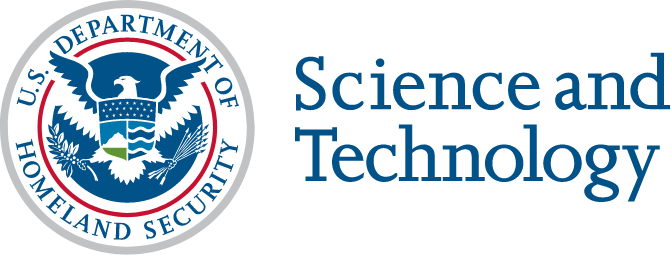Overview
Modeling push-and-pull factors in cross-border migration with deep learning
The challenge of securing the safe, orderly, and humane processing of migrants who arrive at the Southwest border is rendered increasingly complicated due to the growing volume and substantial variations of this influx of migrants. Advancing our understanding of why, how, and where migration occurs across U.S. borders will assist the Department of Homeland Security (DHS) in its effort to better respond to these challenges and increase the security of our expansive border.
Solution
Human migratory decisions are the result of a complex range of interacting factors, including economic, social, and environmental vulnerabilities. This project is harnessing the power of data science to develop innovative analytical capabilities and software solutions to support DHS in its efforts to respond to migration-related challenges at the border. More specifically, this research project is developing a deep learning-based approach to model the interplay of a broad spectrum of parameters, ranging from socioeconomic data conveyed through census surveys to environmental conditions as they are captured in satellite imagery, and advance our ability to understand migration patterns and their variations.
Impact
The framework and analytical capabilities developed in this project will assist DHS in planning resource allocation to optimally respond to migration-related stress on our national security along the border. The same solutions can also support policymaking aimed at relieving future migratory stresses by directly addressing some of the conditions that affect patterns of migration. The transition of software solutions has already begun.
Research Leadership Team
Principal Investigator: Anthony Stefanidis, Professor, College of William and Mary
Co-PI: Daniel Runfola, Associate Professor, College of William and Mary
Data analytics
Present
